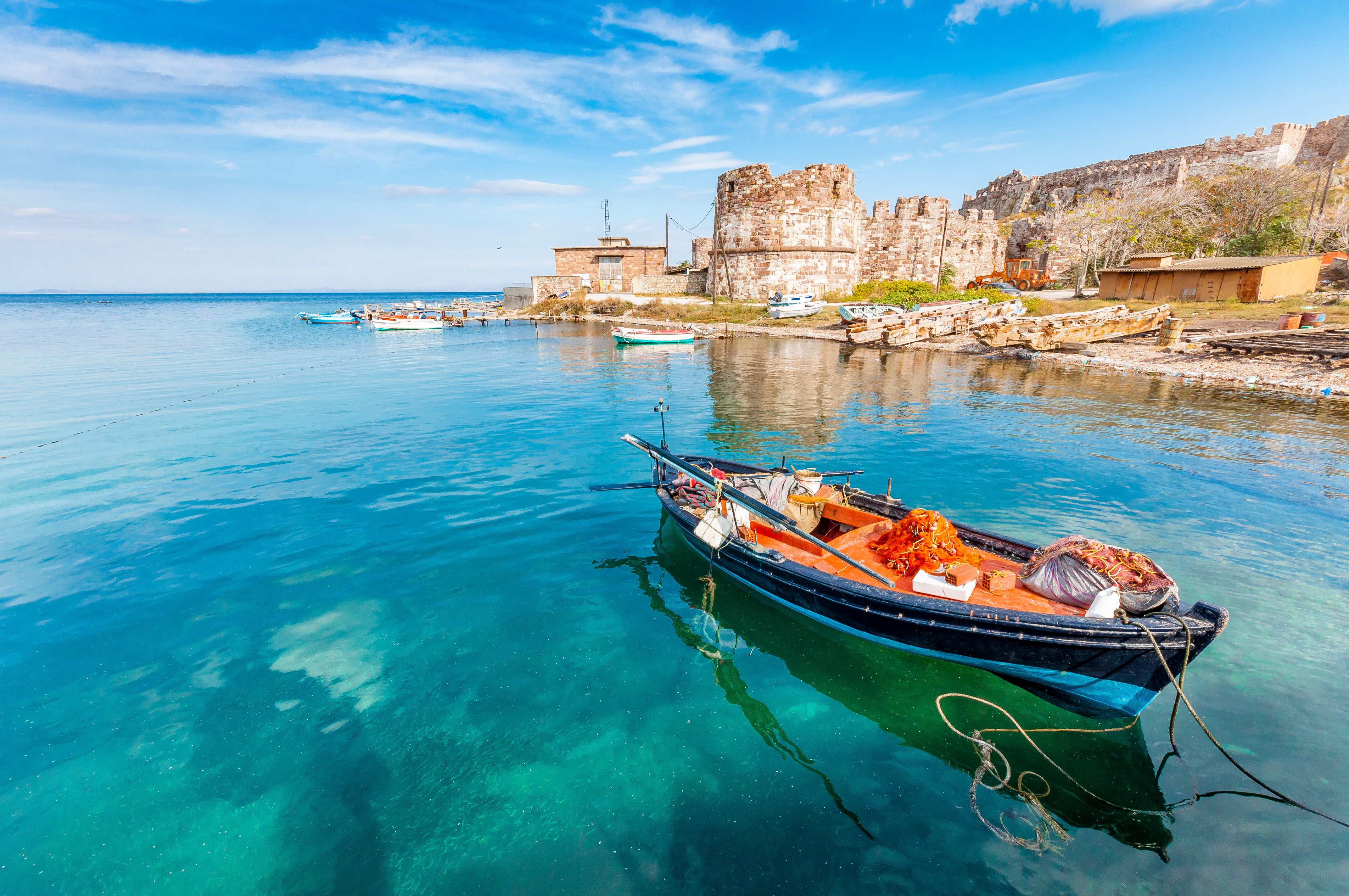Introduction
Recently, and in particular during the summer period, the Club has noticed a spike in stowaway cases. This article serves as a refresher on what is already known as well as an update on the practical problems and implications that may arise for Owners in connection with the disembarkation and repatriation of stowaways.
Background
In most cases, the presence of stowaways results in significant repercussions/delays for the vessel as the disembarkation/repatriation can be a very complex and expensive exercise. In fact, recent experience has shown that the disembarkation/repatriation of stowaways, especially during the COVID-19 pandemic, has been a difficult riddle to solve. How swiftly disembarkation/repatriation can be arranged largely depends on the stowaway’s nationality, the availability of proper identification documents, the vessel’s port rotation and, most importantly, the level of co-operation of the local Immigration and Port authorities.
The IMO Convention on the Facilitation of Maritime Traffic 1965 (the FAL Convention) and more specifically paragraph 5.3 of the Resolution FAL 13(42) adopted on 8 June 2018, provides guidelines as to the responsibilities of the State of the first port of call of the ship’s voyage plan after the discovery of the stowaway; however, the final decision on how to deal with such situations is left with the State where the arrival or entry of the stowaway occurred.
However, the Club’s recent experience shows that the co-operation of local authorities around the globe is often not easily obtained. More frequently than not stowaways are not allowed to disembark, the Owner may be requested to arrange for security in the form of guards employed at the port and a fine might be levied upon the vessel, which can be quite substantial. Most countries will only allow a stowaway to be disembarked where proper travel documentation to return home is presented or in cases where there is a strong indication that the stowaway is a minor. Having said this, it is of paramount importance that Members advise their Club as soon as they become aware of the presence of stowaways on board so that all the wheels are put in motion at a very early stage.
Case Study 1
In a recent case encountered by the Club, the stowaway boarded the Owners’ vessel by climbing up the anchor chain, while the vessel was at an anchorage area somewhere between Western Europe and West Africa, bound for discharge in Algeria. At the time of embarkation, the stowaway claimed to be of Central African nationality, although no ID or other official document or cell phone were found in his possession. Throughout his stay on board, which was nearly a month, the stowaway was very uncooperative, constantly changing his claimed nationality, local language and family status. This hindered the safe disembarkation/repatriation procedure, as no country in the vicinity, was willing to co-operate and issue temporary documents for his repatriation due to the lack of genuine information/documentation.
On top of that, he tried to escape from the Owners’ vessel, by jumping overboard and was immediately apprehended by the local authorities who forced him back on board. As he was acting in a very aggressive manner towards the crew, the Owners eventually had to lock him in a cabin and request the appointment of specialised security officers who eventually escorted him for the whole duration of his stay on board. After checking with numerous correspondents around the globe, it later transpired that he was a professional stowaway, who had already tried reaching Europe several times in the past. Finally, as soon as the vessel’s next port of call was fixed, new inquiries were made with local correspondents and an African country willing to accept disembarkation/repatriation of the stowaway even without identification documents was identified. As a side note, the security guards employed on board for the stowaway’s protection were also treated by local authorities as ‘’stowaways’’, making their repatriation very costly.
Case Study 2
In a similar case, two stowaways posing as stevedores boarded a vessel during loading operations in Latin America. The stowaways hid in a cargo hold and after more than 10 days on board, they decided to make their presence known to the crew due to their food/water supplies having been depleted. Fortunately, they were very cooperative and provided their true personal information for identification purposes, albeit only one of them had a form of ID with him.
The Owners, with the assistance of our local correspondents, tried to disembark them in more than seven (7) South European ports, where not only were the replies from the various Port and Immigration authorities negative, but the Owners were also required to employ guards to ensure that the stowaways would not try to escape from the vessel while in port. In the end, and thankfully with the valuable assistance from the vessel’s charterers, the stowaways were disembarked in an island country in the Caribbean Sea, where their identities were verified, and they were sent to their home countries with an escort from the local Immigration authorities, leaving a substantial cost behind them after staying on board for more than one month.
Case Study 3
In contrast to the aforementioned complex/expensive cases, in this instance, the disembarkation was completed in a swift and unexpectedly cost-efficient manner. The stowaways boarded the vessel in West Africa and one of them had his passport with him. The two stowaways were very cooperative and provided all the information requested for their identification; however again, six (6) European and North African countries on the vessel’s route to her destination were contacted, but none of them were willing to consider the disembarkation of the stowaways.
Finally, with the assistance of our local correspondents, the Ministry of Immigration of the destination country permitted the disembarkation of the stowaways on the understanding that they agree to make an application for protection as refugees in the country. The stowaways had already advised the Master that they were afraid for their lives in their home country as they opposed the local regime, so they agreed and were happy to make the application. The Police boarded the vessel upon her berthing and took the stowaways into their custody without any delay to the vessel’s operation and with a very small cost to the Owner.
Conclusion
Recent cases, some of which are mentioned above, suggest that the difficulties of disembarking/repatriating stowaways persist, irrespective of the lifting of COVID-19 related restrictions, with most European countries being unwilling to allow their disembarkation/repatriation. Therefore, it is becoming all the more important for Members to ensure that the ship’s ISPS Code security plan is strictly followed, and any possible precautions are taken in an effort to hinder the embarkation of stowaways on board. Members should also be aware that, although the majority of the cases recently noted concern stowaways who boarded vessels in West Africa, stowaways can board at any port around the world and incidents where stowaways have boarded in Latin or South America or even Europe are not unheard of.






